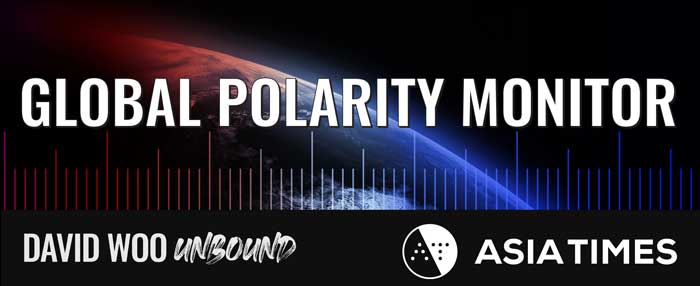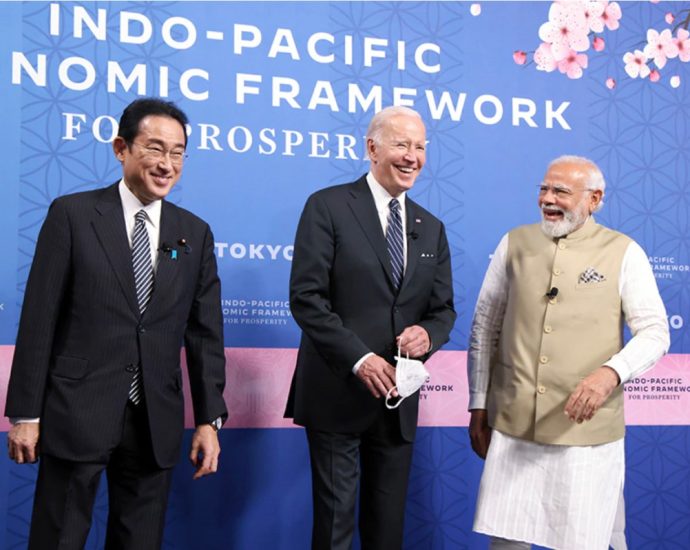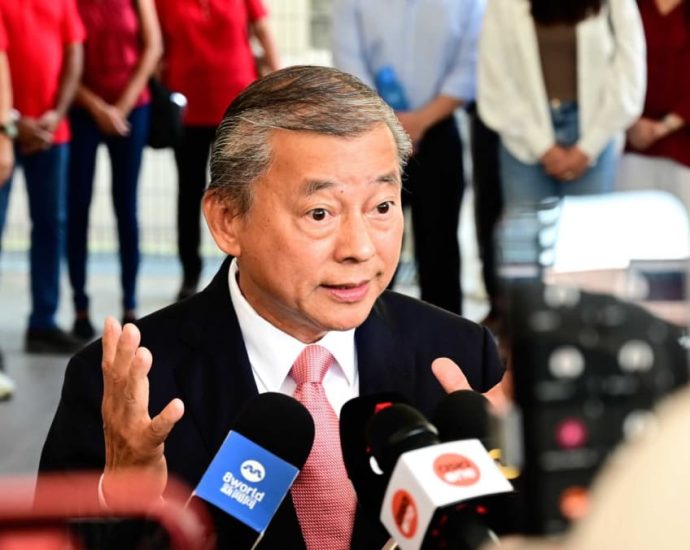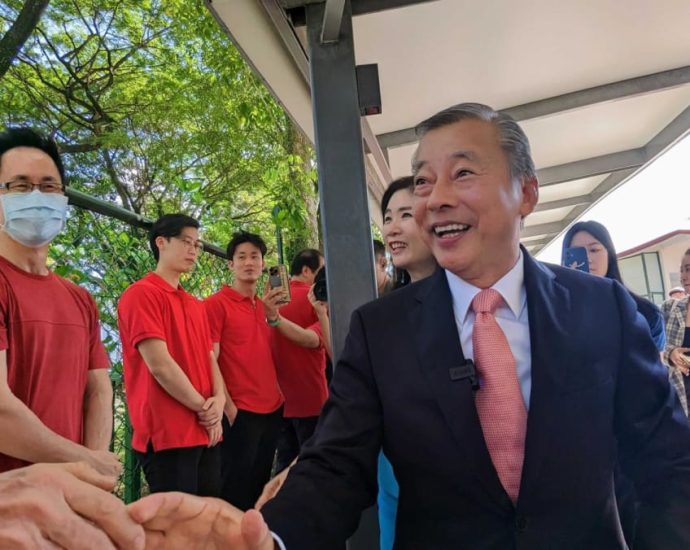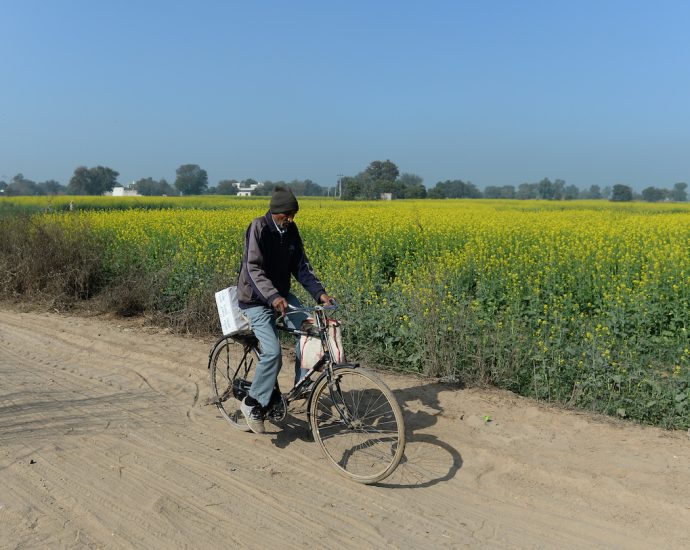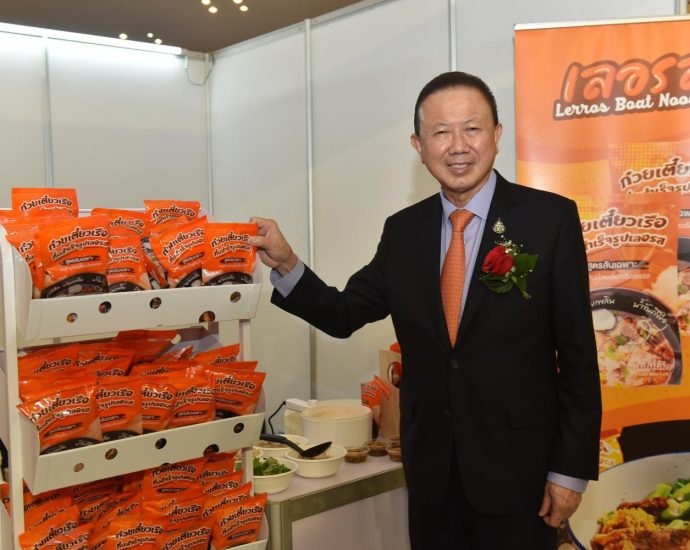The US makes China an offer it canât understand

Investment Strategy: Closing out MXN/KRW but holding onto oil and gold
David Woo writes that the People’s Bank of China surprised the market by cutting interest rates by 10 basis points, signaling a possible stimulus package and asserting China’s monetary policy independence from the US. Tensions in Ukraine, meanwhile, could benefit long oil and long gold positions due to potential escalation in the conflict.
The US makes China an offer it can’t understand
David Goldman and Uwe Parpart observe that while US Secretary of State Antony Blinken’s planned visit to China remains uncertain, tensions between the US and China continue as the US extends exemptions for South Korean and Taiwanese chipmakers to maintain fabrication plants in China, highlighting the difficulties of isolating China from high-tech goods.
Ukrainian Offensive Stumbles as Russian Defenses Hold Strong, Raising Questions for NATO Summit
James Davis assesses that the Ukrainian offensive against Russian forces is facing significant challenges due to a scattered approach and underestimation of Russian preparedness. Tension and uncertainty are rising as NATO debates security guarantees for Ukraine and Russian forces await an opportunity to launch their own counteroffensive.
The limits to sanctions on China
Scott Foster analyzes the limits of the U.S. government’s ability to interfere with semiconductor companies in China after indefinitely extending the exemption for top semiconductor manufacturers from South Korea and Taiwan. Others like investment fund Sequoia Capital are nonetheless taking measures to reduce political risk.

